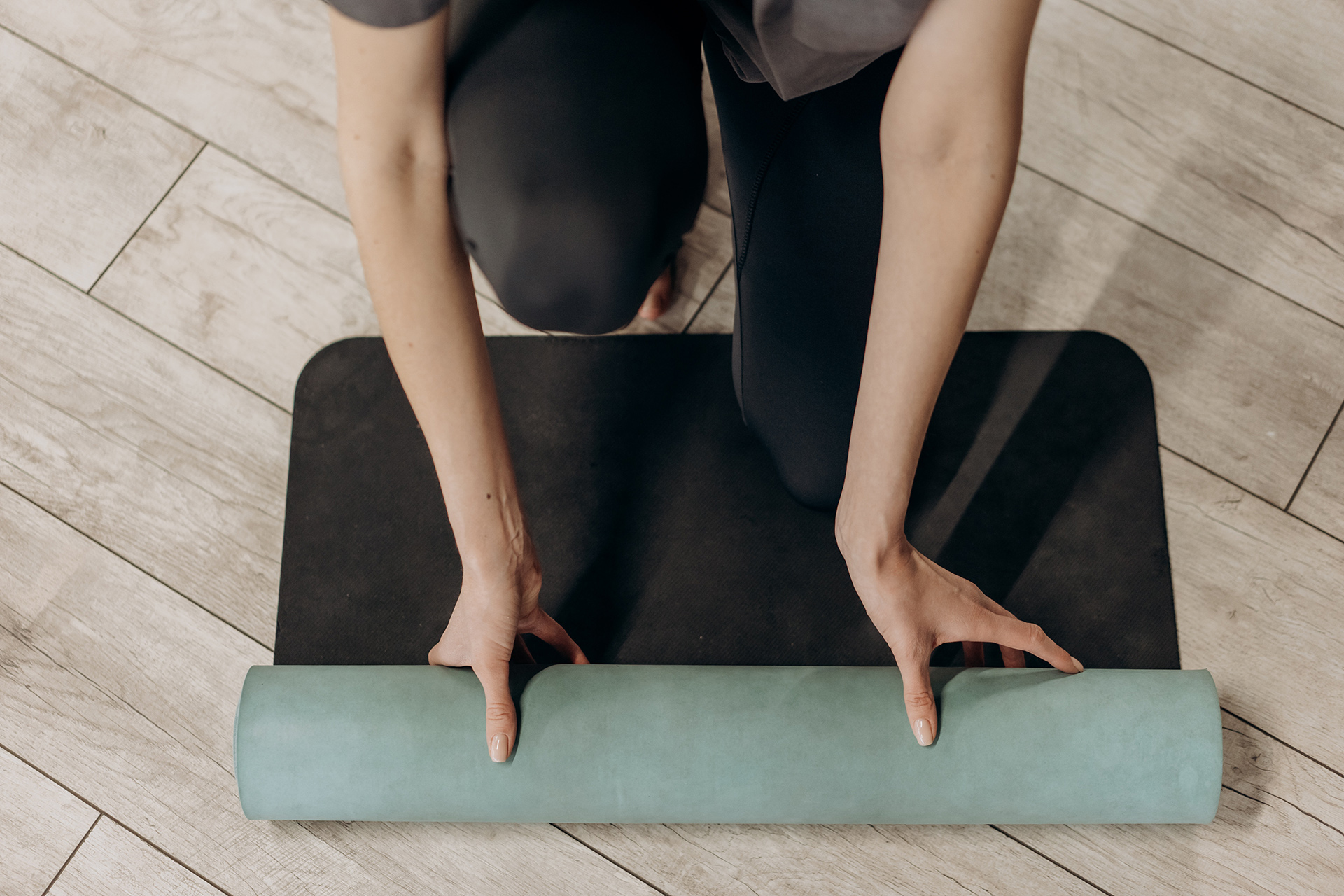Benefits of Exercise and Yoga for Frailty

PREMIUM CONTENT for MEMBERS ONLY
By MariaLisa Itzoe, DO, MPH
[Physical exercise can improve] “…brain health, weight management, reduce risk of disease, strengthen bones and muscles, and the ability to do everyday activities
As a physician and certified yoga instructor, I regularly discuss with my patients the health benefits of consistent exercise. There is a large body of research demonstrating the positive effects of physical activity, which the Centers for Disease Control (CDC) describes as improving “brain health, weight management, reduce risk of disease, strengthen bones and muscles, and the ability to do everyday activities.” In 2018, the US Department of Health and Human Services released updated Physical Activity Guidelines, initially published in 2008, grounded in the scientific evidence from recent studies and expert recommendations to serve as a resource for the general public, health professionals, and policy makers.
Exercise can be broken down into aerobic (“cardio”) which raises heart and breathing rates for a sustained time period (i.e. jogging/running, swimming, biking) or anaerobic, which involves short, intense activity bursts (i.e. weightlifting, sprinting, high-intensity interval training). Both types are beneficial. Aerobic exercises are further divided by intensity level: low (i.e. walking slowly, household chores), moderate (i.e. walking briskly, raking), and high (i.e. jogging/running, heavy yard work). For adults, research suggests that significant health benefits occur with 150-300 minutes (2.5-5 hours) of moderate intensity activity per week.
Even with healthy aging, moderate to high intensity exercise can become more difficult for people to perform, potentially because of physical limitations, fear of falling, and decreased stamina. Certain types of activity, such as yoga, may be particularly beneficial to this population.
“There are many well-established therapeutic benefits of yoga…”
There are many well-established therapeutic benefits of yoga as a mind-body fitness program, including increased strength, balance, and flexibility, better sleep, decreased stress and inflammation. The six primary yoga styles are Hatha, Ashtanga, Vinyasa, Kundalini, Iyengar, Aerial. Each has unique features that may appeal to different fitness goals and exercise intensity. Hatha tends to be gentler, lighter intensity, focused on breath pairing with postures. Vinyasa is usually more rigorous, moderate intensity, focusing on flow of movement and Iyengar is similar to Vinyasa in intensity but emphasizes body alignment and opening.
…Yoga impacts frailty, an “age-associated decline in reserve and function across multiple physiologic systems” limiting the ability to cope with daily stressors”.
A recent study published in the Annals of Internal Medicine provides evidence that yoga impacts frailty, medically described as “age-associated decline in reserve and function across multiple physiologic systems” limiting the ability to cope with daily stressors. As a clinical syndrome, frailty can be measured by five markers: unintentional weight loss (10lbs in past year), low energy, low grip strength, low physical activity, and slow walking speed. The newly published study reviewed 33 randomized control trials across 12 countries that evaluated yoga’s impact on overall frailty or frailty domain. A third of these studies included older adults (>65), the others included special populations with specific conditions like arthritis and Parkinson’s. Most interventions in reviewed studies used Hatha yoga with some Iyengar and chair-based methods, included at least 1 yoga session, and an assessment of frailty. When compared with education about yoga or inactivity, researchers found moderate certainty evidence that yoga improved gait speed, lower extremity strength, and endurance. There was low certainty evidence for improvements in balance, overall physical functioning, and handgrip strength. When compared to tai chi or aerobic exercise, there was no difference in frailty markers. Some limitations to this review were many of the studies were small, there was lack of comparison between different styles of yoga, and variability in “dose” of yoga across studies with different frequency and duration of classes, and inclusion of home practice versus guided classes. Physical activity guidelines for duration of yoga to receive benefit have not yet been standardized, although 2-3 one-hour sessions per week have been suggested.
Overall, it seems clear that any physical activity – including yoga – is better than being sedentary and has great mental and physical rewards. The importance is finding exercise you enjoy and will look forward to doing regularly.
If you are interested in trying yoga, there are many beginner YouTube videos free online. This one may be a good place to start!
 MariaLisa Itzoe, DO, MPH is an Internal Medicine resident at Pennsylvania Hospital of the University of Pennsylvania, with a passion for helping patients who experience disorders of brain-gut interaction. She has a special interest in neuro-gastroenterology and health communication. MariaLisa is also a certified yoga instructor who loves cooking and sharing nutritious meals with family and friends.
MariaLisa Itzoe, DO, MPH is an Internal Medicine resident at Pennsylvania Hospital of the University of Pennsylvania, with a passion for helping patients who experience disorders of brain-gut interaction. She has a special interest in neuro-gastroenterology and health communication. MariaLisa is also a certified yoga instructor who loves cooking and sharing nutritious meals with family and friends.